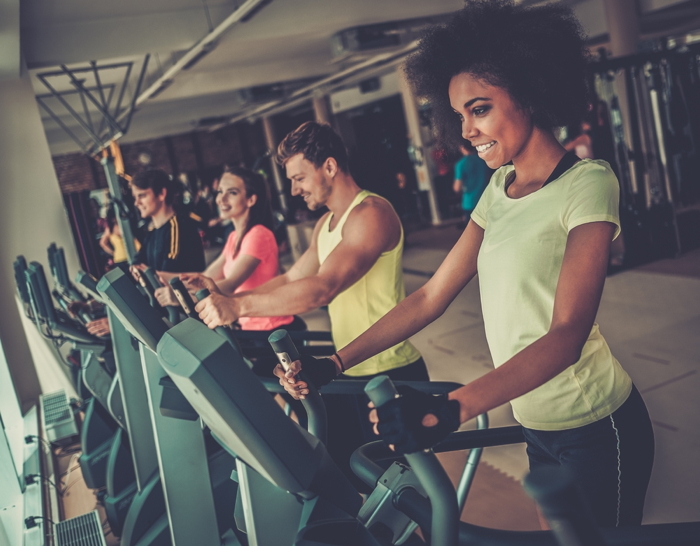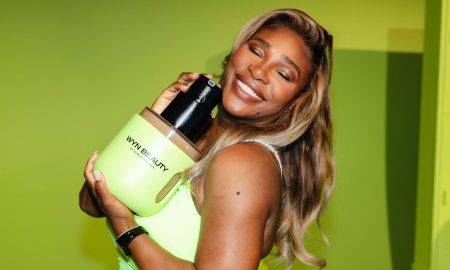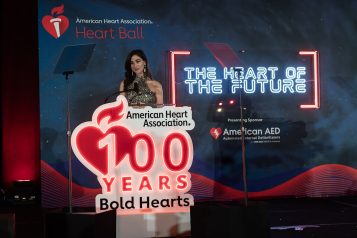Health and fitness are everywhere these days (as it should be). The media is constantly addressing the newest trends and research because that is what the public is hungry for. With this tsunami of information, there can be as much, if not more, poor advice as life altering guidance. The magic bullet still has not been found to make everyone look, feel and live better and it likely never will. However, these are five myths that are slowing down your progress and doing more harm than good.
No Pain, No Gain
Pain is not just weakness leaving the body; pain is the body’s response when something is wrong. It is your warning sign that something is injured or, at the very least, about to become injured. My heart aches for the many I have met whose goals, and even lives have been negatively affected because they pushed through the pain. If something hurts, please see a medical professional.
I think this myth has come about because pain has been mixed up with discomfort. The biggest gains in fitness come from pushing yourself through a little discomfort when something was difficult or outside of what we are used to. Progress happens a little outside our comfort zone, not by going for another run when each step is agony or another rep with a shoulder that is searing.
Go Big or Go Home
Another myth is the thought that training intensity is the most important variable. I’m not saying that it doesn’t play a part, but it pales in comparison to consistency. The local fitness center is always the busiest in January because everyone shows up ready to take on the world and get amazing results. They go big and then they go home….and stay there. A great training program with the perfect exercises, sets and reps isn’t worth the paper it’s printed on if it’s not sustainable. Find what works for you to get moving as many times per week as can be handled, and tweak from there, if needed.
You Can Out-Train a Bad Diet, and Vice Versa
I get emails everyday from people mystified about their lack of results despite all their hard work. These messages contain paragraph after paragraph describing their savagery in the weight room, but rarely a word is written about what they eat. Studies for any training goal show that great training and great nutrition leads to great results; great nutrition and no training can lead to good results (depending on the goal); and poor nutrition and great training typically leads to minimal or no results. The longer my experience training others and myself, the more I emphasis I put on the importance of nutrition to get results. Ten years ago I would put the importance of training and nutrition about equal, five years ago I bumped the importance of nutrition up to about 70%, and now I think it’s even higher, around 80%. It should be noted that if you think that you should just diet and forget the exercise, once results have been achieved, training has been shown in research to be of equal importance to sustain those results.
Do Cardio to Lose Weight
I’m not saying that cardio is bad and that it has no place in a fat loss program, it’s just not as effective as some other methods. The amount of calories that one utilizes during a workout is a little depressing, so much so that I’m not even going to tell you the actual numbers (which are likely quite different than what shows up on your favorite cardio machine). This fact is another piece of evidence to back up the importance of nutrition but should not discourage you from performing physical activity. The importance of exercise is not just in how many calories are expended when training, but the effects of that exercise on one’s metabolism. This is where “cardio,” or steady state exercise has the least effect and recovery is relatively quick and metabolism is soon returned to resting levels. In contrast, resistance training will promote increase in lean mass, which permanently bumps up resting metabolism, and higher intensity intervals (HIIT) will result in a longer metabolism boost.
Recovery Needs to Be Complicated
The increased emphasis on recovery in the fitness industry has been great, as it has helped many individuals increase their results. With this brighter spotlight many companies have brought a plethora of recovery tools at a variety of costs and time investments. I am by no means putting these tools down, as I believe many of them are useful and I enjoy using a variety of recovery methods. However, these tools and methods are just the icing on the cake. The “cake”, or the most important recovery tools, are sleep, nutrition (including hydration) and time spent being mindful. Cryotherapy, hydrotherapy and compression boots can contribute greatly and have their time and place, but they will never make up for not sleeping enough, eating enough natural foods to refuel and spending a little time (five to fifteen minutes is all you need) either meditating, focusing on breathing or simple sitting quietly away from to bombardment of every day life.

























